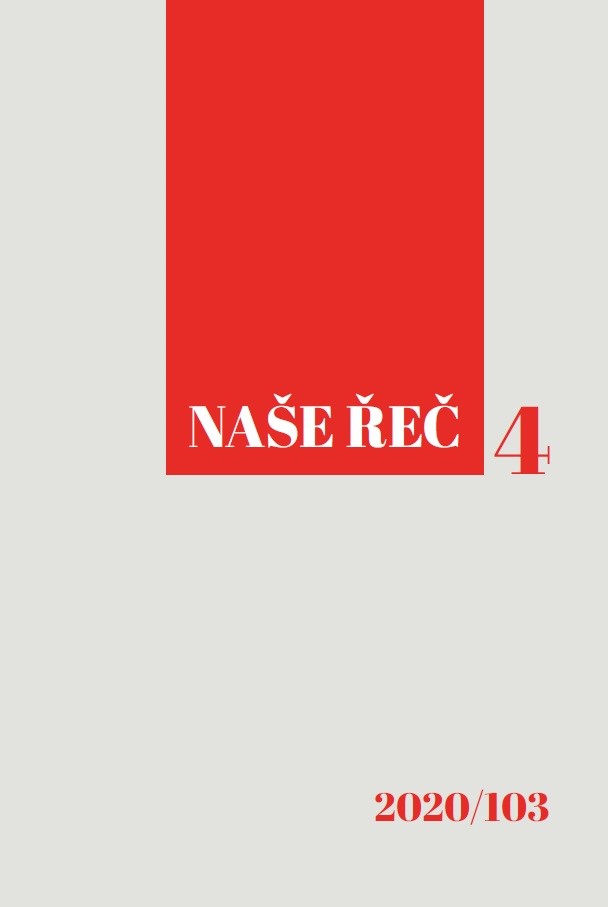The emerging definite article ten
in (informal spoken) Czech: a further analysis
in terms of semantic and pragmatic definiteness
The emerging definite article ten
in (informal spoken) Czech: a further analysis
in terms of semantic and pragmatic definiteness
Author(s): Jan DvořákSubject(s): Western Slavic Languages
Published by: AV ČR - Akademie věd České republiky - Ústav pro jazyk český
Keywords: corpora; definite article; demonstrative; grammaticalization; informal spoken Czech
Summary/Abstract: The present study, couched within the framework of the Concept Types and Determination theory (CTD) and relying upon corpus data, attempts to provide further evidence for the claim that Czech, especially its informal spoken variety, is developing a definite article from the distance-neutral demonstrative ten in adnominal uses. The CTD theory has proved its utility for studying emerging definite articles in Western Slavic languages in the works of Adrian Czardybon and Albert Ortmann. At its core lies the distinction between the so-called “pragmatic” and “semantic” definiteness. It is generally assumed that emerging definite articles spread from the former to the latter, and the grammaticalization process is considered accomplished once the former demonstrative systematically appears in contexts of semantic definiteness. This study applies the distinction, made by Löbner, to a corpus sample of 1,000 occurrences of the adnominal ten, many of which appear to manifest characteristics typical of definite articles across languages.
Journal: Naše řeč
- Issue Year: 103/2020
- Issue No: 4
- Page Range: 297-319
- Page Count: 23
- Language: English

